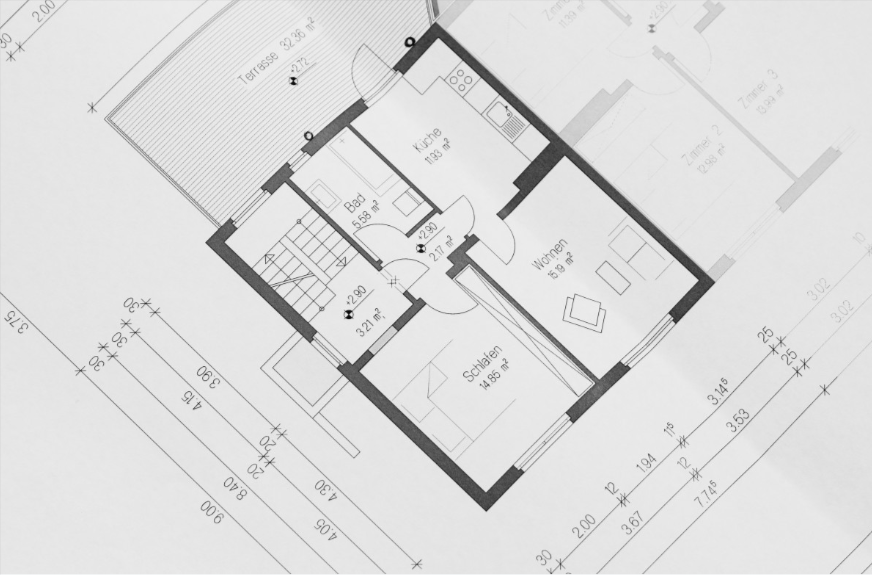Design and Construct is a method of building that incorporates both design and construction. While this process can be valuable, there are some flaws and alternatives. In this article, we will examine the benefits of design and construction and the flaws of this method. We will also look at alternative processes and how they can improve the quality of a building.
Process of design and construct
The process of design and construction is one of the most crucial phases of any construction project. It influences the other phases and the final performance of the project. The process begins with the creation of a building plan that translates the owner’s ideas and preferences into a realizable plan. Depending on the goals of the project, the design phase may overlap with the bidding phase or begin entirely before the bidding phase.
While the process of design and construction may seem to follow a linear path, it often follows a structured sequence of steps. Each step of the process is marked by a specific level of decision-making and detail.
Flaws of design and construct
Flaws in design and construction can have disastrous consequences. The problems that plagued the Hubble telescope were due to the sloppy fabrication of the mirrors. Additionally, the solar panels in the Hubble telescope were prone to oscillations similar to birds’ wing movements. However, a computer stabilizing program prevented the panels from moving too much and allowed the telescope to be used successfully.
In order to prevent cost overruns, construction projects must be carefully inspected for design flaws. These flaws include defects in workmanship and defective materials. If they are found, the next step is to identify the responsible party and determine who is responsible for correcting the problem. Common law varies from state to state, so you should check the applicable laws and regulations in your state.

Alternatives to design and construction
Whether you are looking to build a passive solar home, a sustainable house, or any other type of green building, there are many alternatives to design and construction. When given incentives, contractors and design professionals will often be willing to explore alternative solutions. This way, you can avoid the appearance of favoritism.
Cost of design and construction
There are several factors that affect the cost of design and construction projects. These factors include real estate costs and labor demand. The final cost depends on the project’s scope and details, so it’s important to understand all the variables involved. The first step is defining the scope of your project and establishing a budget. This budget includes the costs associated with construction, such as labor, material, and overhead. It should also include “soft costs” that are not directly related to construction, such as design and engineering. Generally, these costs are around 15 percent of the total project cost.
The cost of design and construction also depends on how complex the project is. A contractor will need to obtain all the required licenses and insurance policies. The contractor’s work will be a key part of the project’s cost, so it’s important to make sure they have the right kind of insurance. Contractors also bear the risk of project delays and costs related to safety procedures and precautions. Contractors are also held responsible for any mechanics’ liens and other costs that occur when the contractor doesn’t pay subcontractors and material suppliers.